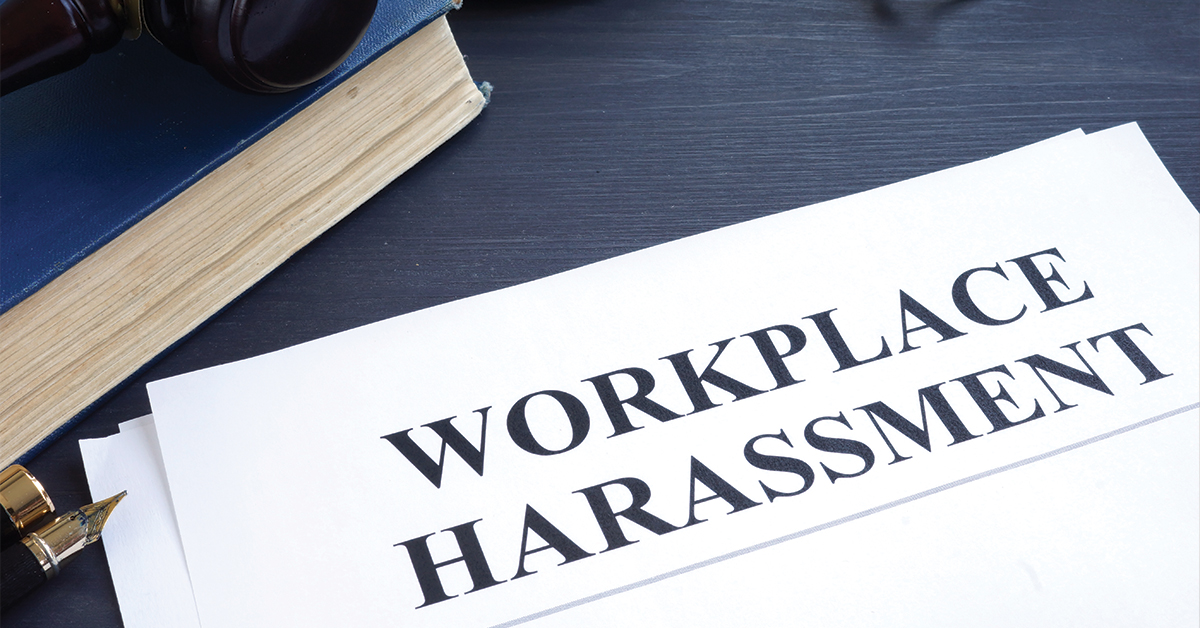Whether you suspect or have direct evidence of harassment, it is essential to act fast. These steps will help guide you through the process:
- Observe and document. If you have concerns about the actions of an employee or group, observe your team to determine if problematic behaviors are occurring. Write down what you have witnessed, as well as anything that had been reported to you. Ask employees that report harassment if they would be willing to provide evidence as part of the documentation process. Indicate that the information will only be shared on a need-to-know basis.
- Consult with Human Resources. Share your documentation and observations and review any relevant policies. If the information you have is only secondhand, it is best to inform HR so they can determine how to proceed.
- Schedule a private meeting with the employee or employees who have been accused of harassment (unless directed otherwise). If the situation is already being investigated by HR and/or Legal, follow their protocols and procedures. When there is no formal investigation, address the behavior as a performance issue.
- Explain why the behavior is inappropriate. Focus on the specific behavior and its impact on the workplace. While you may have strong personal feelings about the accusations against the employee, maintain your composure. Avoid using terms that could escalate the situation, such as “anger,” “frustration,” or “harassment.” Sample language: “When you [state behavior], it makes others uncomfortable and creates distractions for our work group.”
- Outline your expectations. Clearly state what behaviors are unacceptable. For example, if the complaint is that an employee is using inappropriate language at work, specify what words or phrases will not be tolerated. Sample language: “If you [state problematic behavior] again, you will be subject to disciplinary action.” (Consult with HR about any next steps in the disciplinary process prior to the meeting.)
- Follow up. Periodically check in with the person or group making the complaint. Ask if the behavior is still an issue or if the workplace environment has improved. Check in with the accused party or parties as well. Consult with Human Resources prior to taking any disciplinary action or if you have additional concerns.
Hoping that a harassment situation will get better on its own could put both you and your organization at legal risk. Please reach out.




